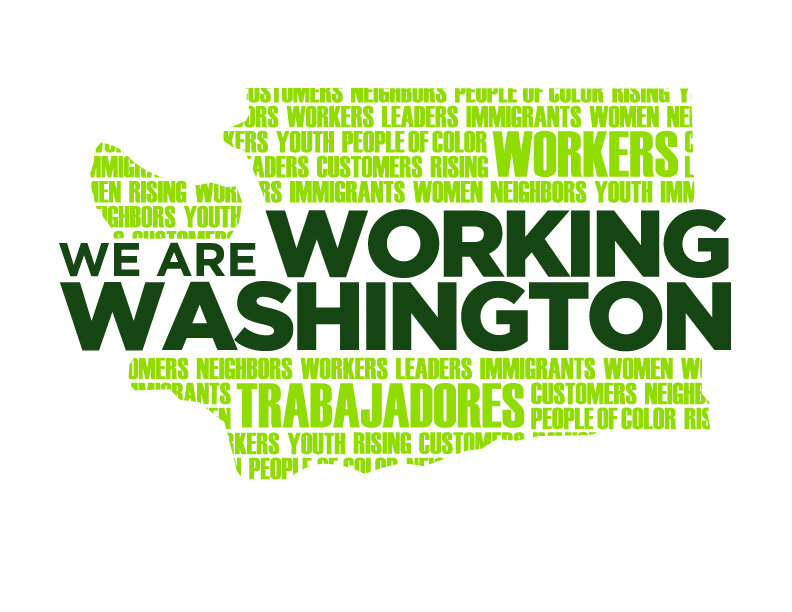This week: Emeryville is #1; taxi drivers are #1; the 0.1% are #1; food security is #1; and parrots oughtta be #1.
We checked, and Emeryville seems to actually be a place. They even have an Ikea.
The fight for $15 continues its apparently unbreakable momentum. In just the past week, Tacoma formed a 15-member task force aimed at making a minimum wage recommendation by the end of June; a Los Angeles City Council committee voted to advance a $15-by-2020-ish law; Portland and Facebook are both implementing $15 minimum wages for contractors; and Olympia workers got some priceless facial expressions from members of the local Chamber of Commerce after the chamber revealed it was teaming up with the Restaurant Association to oppose a $15 wage.
But there’s other, weirder stuff going down too: golf types are talking about raising the wages in that industry; Connecticut might impose a $1/employee/hour fine on large companies that pay less than $15/hour; the new Hamburglar can’t stop talking about fifteen; and the small city of Emeryville, California raised their minimum wage to $16 by 2019. If inflation runs below 3.5%-ish in 2017 and 2018, they’ll have topped Seattle.
Like Uber for first reponders
The horrible Philippines factory fire this week shows again that the Triangle Shirtwaist tragedy isn’t just a long-ago labor history lesson — it's part of a continuing pattern of alternating tragedy and reform. And a century later, deaths on the job remain alarmingly common.
A new Bloomberg article/infographic/web-data-thingee on the most dangerous jobs in the US runs down the numbers on workplace deaths, and finds some interesting bits. Fishing and logging are the two deadliest occupations, which may or may not have to do with the shared potential for proximity to bears. Garbage collectors are four times more likely to die at work than firefighters or security guards. And taxi drivers are more likely to come to a violent end than police officers are.
This is why art forgers always come off like romantic anti-heroes
Many economists think low wages are holding down consumer demand and slowing the overall economy — but that’s not hurting Christie’s auction house, which sold a record $1 billion worth of modern and contemporary art in a single week. Apparently, the 170,000 ultra-high-net-worth people who make up the trophy art market increasingly see one-of-a-kind pieces as a useful store of wealth, creating “a spectacle of excess at the highest level.”
And the art itself? As per usual, it mostly depicts women (generally unclothed), and shapes (generally abstract).
Maybe the Mona Lisa had hungry eyes
Writers for XO Jane probably don’t get tens of millions of dollars for their work, but this piece taking on gender, poverty, and food is as sublime as anything auctioned off to an oligarch this week — and it’s right there for the reading on the internet. A deft and personal account of the relationship between food insecurity, public benefits, and body image, it’s full of sentences that are hard to read and hard to forget. Like: “Many nights I spent in bed, clutching my stomach and praying my headache away, I told myself that I was doing the right thing, not just for myself, but for my country.” It’s another reminder that poverty in the US remains far too present and far too hidden.
Sounds like it’s time for that bird to get a job instead of just getting by on free crackers
The Japanese giant hornet is considered the second-most-lethal animal in that country, but some guy on twitter said he’s domesticated one and put it on a leash. (BTW: humans are the most lethal.)
A 35-pound sea lion pup woke up the owner of a San Diego yacht with loud snores & sneezes. He first thought the animal was a drunk friend, but it turned out to be very well behaved and left no mess.
And a parrot in Ferndale, Washington was captured on video pulling out a boy’s loose tooth, supposedly the fifth time he’s done this. Polly want an extractor?


